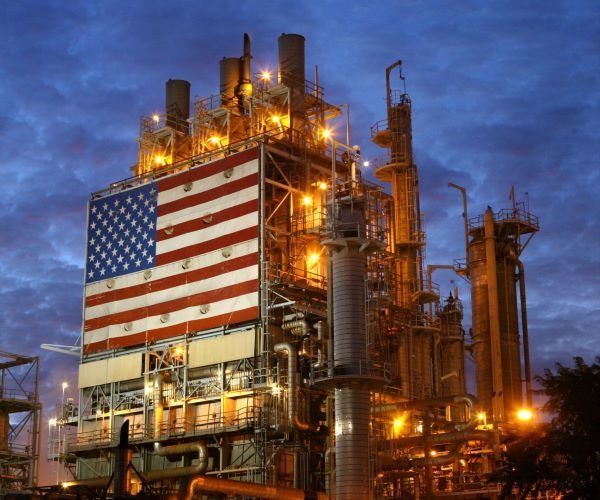Oil Bulls Encouraged by Low Inventories

From Newsmax
Portfolio investors added to their bullish positions in petroleum for the fifth week running as the worst of the latest wave of coronavirus infections passed and governments began to lift restrictions on business and travel.
Hedge funds and other money managers purchased the equivalent of 33 million barrels of futures and options in the six most important petroleum-related contracts in the week to Jan. 18.
Fund managers have purchased a total of 217 million barrels since Dec. 14, after earlier selling 327 million barrels since Oct. 5, amid mounting fears about the impact of the Omicron variant.
Bullish long positions outnumbered bearish short ones by a ratio of 6.24:1 (in the 80th percentile for all weeks since 2013) last week, up from 3.83:1 (47th percentile) five weeks earlier.
The adjustment came from the creation of fresh bullish long positions (+38 million barrels), but new bearish shorts were also established (+5 million) as a few investors anticipated a reversal of the recent rally.
In the most recent week, funds purchased NYMEX and ICE WTI (+23 million barrels), European gas oil (+8 million) and U.S. gasoline (+3 million), with no change in U.S. diesel, and small sales in Brent (-2 million).
Crude inventories around the NYMEX WTI delivery point at Cushing in Oklahoma are at less than 34 million barrels, down from 41 million in 2019, and the lowest for the time of year since 2012.
U.S. inventories of distillate fuel oil are at just 128 million barrels, down from 142 million at this time in 2019, and the lowest since 2014.
Reflecting the shortage of petroleum, the front-month NYMEX WTI futures contract has been trading above $85 per barrel at the highest level since 2014.
Short-term scarcity has pushed prices for crude delivered in March to around $5.50 per barrel higher than for deliveries deferred until September.
Hedge fund managers have anticipated, accelerated and amplified the expected shortage of oil and resulting rise in prices by building large a bullish long position.
As their position becomes more lopsided, the risks of reversal have increased, with bullishness almost as high as in October, before the last reversal.
But there has been little profit-taking so far, or signs of renewed short-selling, which suggests most funds still see price risks tilted to the upside.
(John Kemp is a Reuters market analyst. The views expressed are his own.)
© 2022 Thomson/Reuters. All rights reserved.
For more on this story go to: NEWSMAX




